Artificial Intelligence (AI) Powered Customer Service
June 23, 2021 1 Comment
Top 5 Topics Covered
- Current trends in the adoption of AI as applied to customer service.
- The business case for AI adoption in customer service.
- Common use cases for AI powered customer service delivery.
- Real companies that have implemented AI driven customer service.
- How to get started implementing AI applications for customer service.
The application of AI for customer service has been traditionally viewed with skepticism and believed to be somewhat bleeding edge as a non-matured and risky investment prior to 2018. While this has been true up to that point in time, this reality is quickly changing for the following major reasons:
- AI software applications now have proven the business case for implementation in that the business value delivered vastly exceeds the initial implementation investment costs.
- AI application functionality has stabilized to the point of being highly reliable and mainstream.
- There are now several common and proven use cases for the application of AI for customer service.
- There are now numerous best-of-breed & enterprise-level AI customer service applications to choose from vs. just a very few.
Companies have now caught onto the fact that AI can help improve the delivery of customer service and exceptional customer experiences while simultaneously accomplishing the following wins (Quadruple win!):
- Decreasing the overall cost to serve customers.
- Decreasing the reliance on expensive human capital to deliver customer service.
- Increasing the levels of customer insights and customer intimacy.
- Changing the company’s customer service from a reactive model (i.e., upon customer request) to a predictive and proactive model (i.e., upon automation detection of latent customer need).
Accordingly, recent studies and statistics have pointed to the trend of AI adoption by companies accelerating per the following credible studies:
• “Eight out of ten companies have already implemented or are planning to adopt AI as a customer service solution by 2020.” Source, Oracle: https://www.oracle.com/webfolder/s/delivery_production/docs/FY16h1/doc35/CXResearchVirtualExperiences.pdf
• “AI chat and other bots will power 85% of customer service-related interactions by 2025.” Source, Gartner: https://research.aimultiple.com/ai-stats/#customer-service
• “AI will power 95% of all customer interactions by 2025, including live telephone and online conversations.” Source: https://servion.com/blog/what-emerging-technologies-future-customer-experience/
Here are some of (small sample) the more common use cases for the adoption of AI powered customer service:
- AI Powered Social Listening to detect customer issues, trends, brand mentions, etc. and with proactive workflows to help the internal team resolve these issues.
This capability allows AI to perform real times scans of 1,000’s of social media posts and media channels including mobile application data to spot social mentions, potential customer service issues, potential product/service defects, brand and/or company mentions, etc. that are trending. The more powerful tools also search and respond to specific customer service inquiries from a multitude of channel sources. Here is an example of a social brand listening dashboard from Brandwatch:
Source: https://martech.org/6-of-the-best-social-listening-tools-for-2019
Several durable goods product/manufacturing companies use this function for listening to track trending potential product defect issues like “my front loading xyz brand washing machine keeps growing mold” or “my air bag caused extensive injuries during my crash”, etc. to get ahead of potential disastrous crisis’s and then manage them proactively.
Here are a few good articles that point to some of the leading social listening tools for the purpose of providing improved and more proactive customer experiences.
https://www.aitrends.com/ecommerce/social-listening-tools-powered-by-ai-going-for-deep-personalization/
https://martech.org/6-of-the-best-social-listening-tools-for-2019
2. AI powered customer account authentication & access via advanced number/voice recognition and biometrics. Instead of having to remember your password for each account, wouldn’t it be great to use your own unique physical identity to securely access your accounts? These physical identity attributes include your unique voice, eye attributes, and fingerprint to name a few. Many banks are quickly adopting this new capability by allowing people to access their accounts simply by speaking their voice into their phone. I first encountered this on my personal funds account and have since seen this at several banks. Here is a great example from HSBC bank as to how AI voice recognition is powering bank account authentication and access. Source: https://ciiom.hsbc.com/ways-to-bank/phone-banking/voice-id/#tab-2
3. AI powered customer personalization. There is a growing need to better develop and understand customer profiles and to develop personalized content based on this specific profile. With the help of AI, a deeper understanding of customer’s specific needs and unique profiles is now possible. Here is a great graphic depicting this capability from Unfold Labs:
Source: https://unfoldlabs.medium.com/ai-driven-personalization-6dc9c47c1418
4. AI powered agent matching via AI call classification and intelligent call routing. Based on triaging the reason for the customer to contact the company in #3 above, AI then matches the customer-need to the best available customer service agent (i.e., those who specialize in resolving those specific customer needs). The call is then routed to the best CS agent with a pre-brief on why the customer is contacting them, their interaction and purchase history, any previous known attempts to resolve this or any other issue, etc. Here is a great pictorial of how Genesis Predictive routing accomplishes this along with a high-level explanation of how it works.
Source: https://genesys.miratechgroup.com/genesys-predictive-routing-the-perfect-customer-agent-match/
Below is another great example of this from Affinity Intelligent AI Interactive Voice Response (IVR) system.
Source and details on the above graphic: https://www.nojitter.com/afiniti-taps-ai-optimize-customer-agent-pairing
- AI powered customer service agent interaction response improvement suggestions.
Bots will scan customer service agent’s sessions (calls, chat, text, etc.) and then suggest in real-time optimal answers to improve customer satisfaction and to standardize the customer experience. Here is an example of how Digital genius suggests who will respond (agent or Bot) and what the content of the reply should be:
Here is a great video from Digital Genius explaining how it works, what is does, etc. https://www.youtube.com/watch?v=NkvJ21aje84
6. AI powered customer service and ecommerce chatbots with advanced analytics. Chatbot are being used in increasing numbers by companies due to the simultaneous increase in chatbot customer service capabilities as well as decreased cost of these solutions. Here is a great example of Dom, the Dominos pizza chatbot located on messenger, Facebook, website, etc.
Source: https://www.chatbotguide.org/dominospizza-bot
Chatbots are also increasingly being used to automate the ecommerce process for ordering, re-ordering, resupply, etc. Here is a great example from Hewlett Packard being used to service customers ordering or reordering toner cartridges, using the leading Netomi solution for their AI chatbot solution.
Source: https://www.netomi.com/ecommerce-chatbot
Read other use cases in the above article on Sephora, Tommy Hilfiger, Harry Rosen, eBay, etc.
- AI powered call mining & analysis with systemic improvement recommendations & workflows. These applications are designed to be the powerful engine that analyzes and recommends systemic improvements for agent customer interaction. Think of these applications as the 24×7 call center director’s expert analysis assistant that never sleeps and has the ability to monitor the equivalent of the combined workload of 100+ top expert analysts. Specifically, here is what these solutions like Call Miner from Eureka can accomplish:
A) Analyze: Better understand conversations with root-cause analysis. Discover what matters most with omnichannel customer journey mapping that scores performance, tags transcriptions with sentiment and emotion, and delivers customer insights that drive business growth.
B) Coach: Create cultures of improvement and persistent optimization. Improve customer experience and agent performance with automated scoring, data-based feedback, and progress monitoring.
C) Alert: Real-time guidance. Gain immediate awareness of next-best actions to turn around a negative customer experience and reduce risk for fines or legal action – all driven by powerful AI and ML capabilities.
D) Capture: Gather speaker-separated audio. Collect high-fidelity, dual-channel audio for the most accurate conversation analysis, with encryption to ensure the security and an always-open API to integrate easily across platforms.
E) Visualize: Compel action with data. See and share the story your data tells with an interactive, easy-to-use interface that makes it easier to drill down into the detail of a single agent or customer, and visually connects the dots between insight and action.
F) Redact: Accurately identify and remove sensitive numeric data. Extract the value of conversation analytics without exposing private customer information.
Source: https://callminer.com/products/eureka
8. AI powered Intelligent Document Processing (IDP). Leveraging Natural Language Analysis and OCR of customer documents like surveys, invoices, orders, reviews, questionnaires, etc. AI is being adapted to analyze text fields in documents to uncover customer insights and trends in order to improve systemically and increase customer satisfaction (CSAT) and service efficiency while reducing costs. There are several tools available in the market as shown on the Intelligent Document Processing (IDP) chart for Infrrd.ai which is one of the leading IDP Software vendors. View this chart here: https://www.infrrd.ai/. Other IDP leaders include Workfusion, Automation Anywhere, IBM, etc. IDP tools enable the automatic scanning of millions of documents and hundreds of millions of lines of document text, characters, numbers, symbols to extract and record key information from these documents and then aggregates and reports on the important customer facts, figures, issues, etc.
Source: https://www.infrrd.ai/product/intelligent-data-processing-platform
If your organization is seeking experienced assistance in lowering your overall cost to serve and increasing CSAT with automated and AI powered customer service, then give me a call or e-mail me at 518-339-5857 or stevenjeffes@gmail.com.
Lastly, this is just one article of over 50 articles I have written on customer strategy, customer experience, CRM, sales excellence, marketing, product management, competitive intelligence, corporate innovation, change management – all of which I have significant experience in delivering for numerous Fortune 500 companies. In fact, my blog is now followed by nearly 107,000 world-wide and was just named one of the top 100 CRM blogs on the planet by Feedspot, alongside Salesforce.com, Infor, Microsoft, SAS, etc. – Reference this informative site here: https://blog.feedspot.com/crm_blogs/.
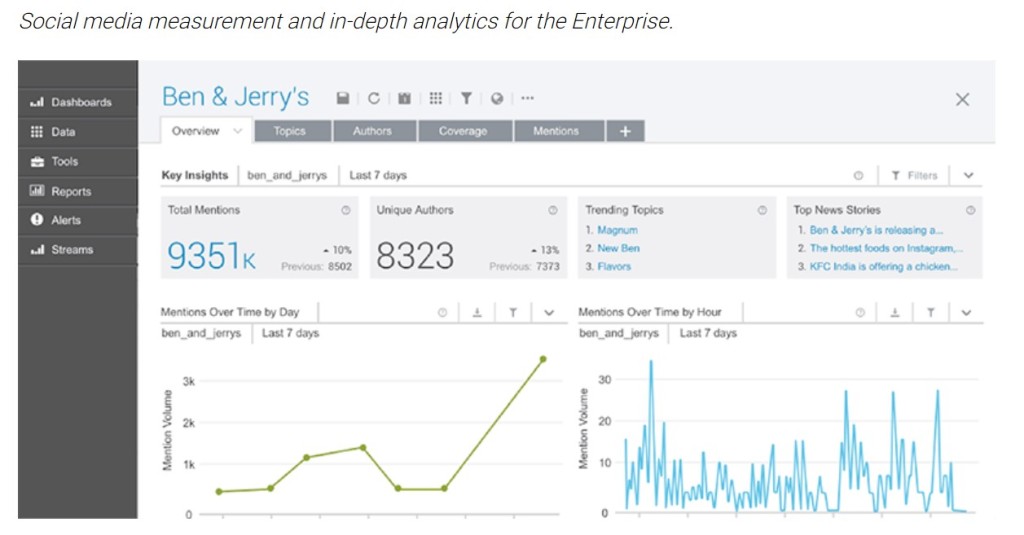
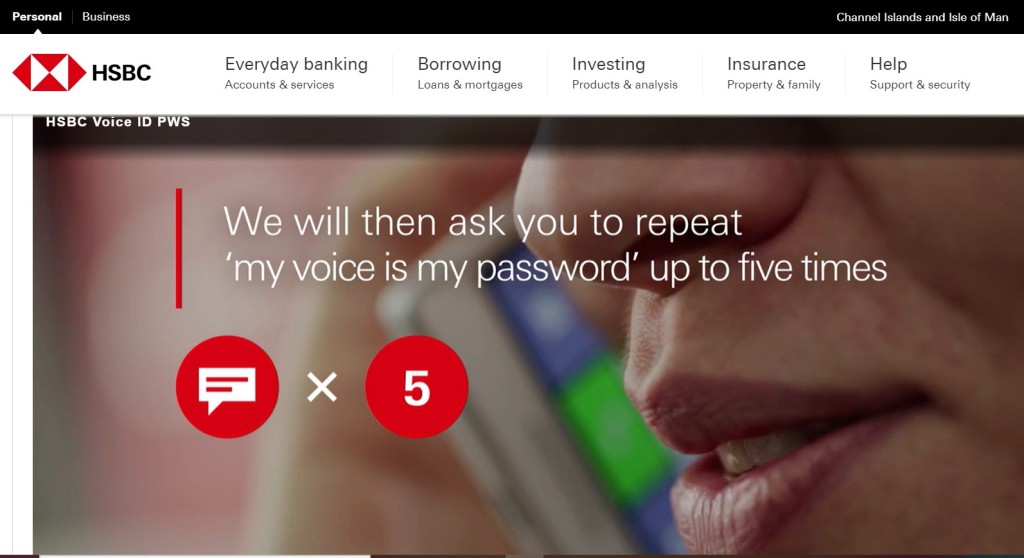
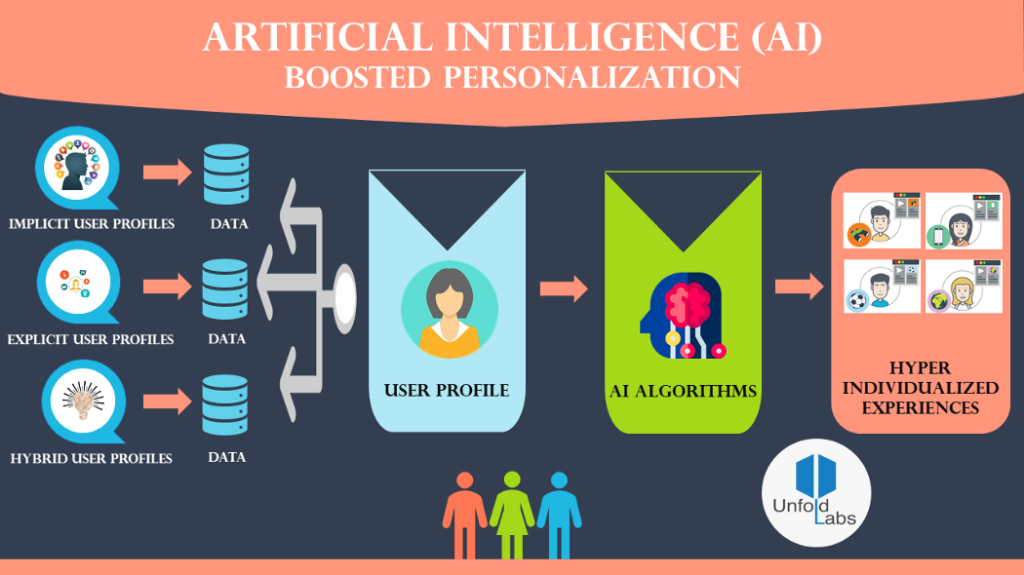
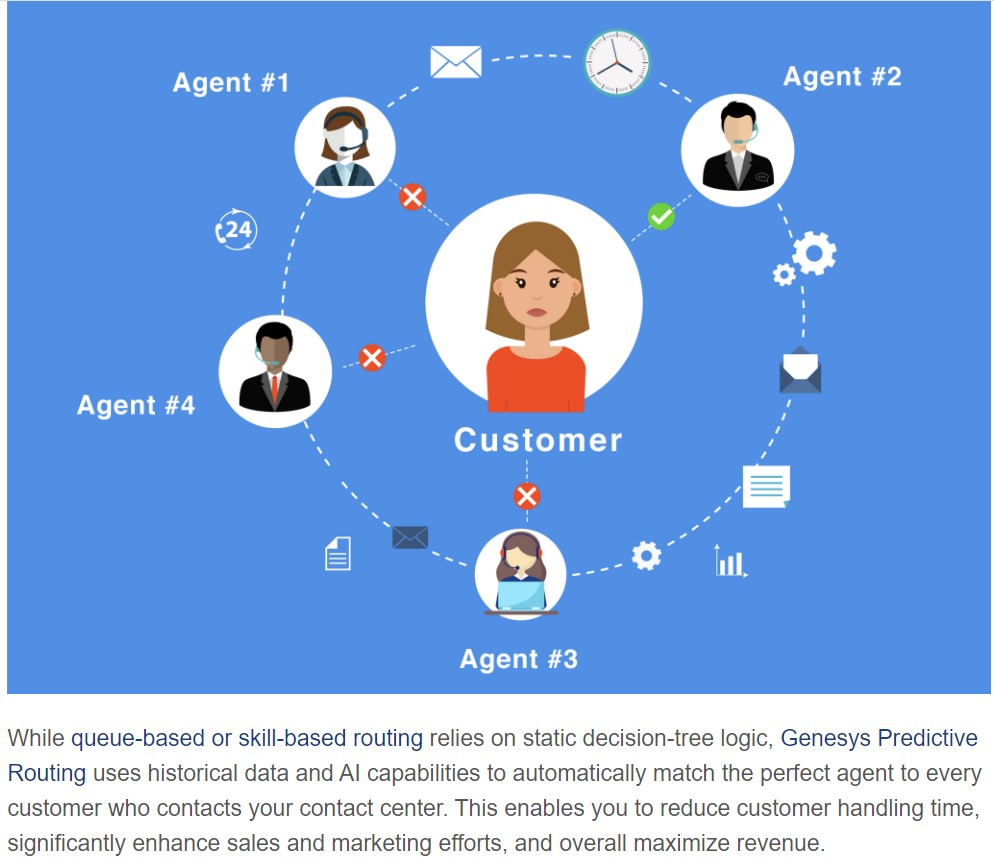
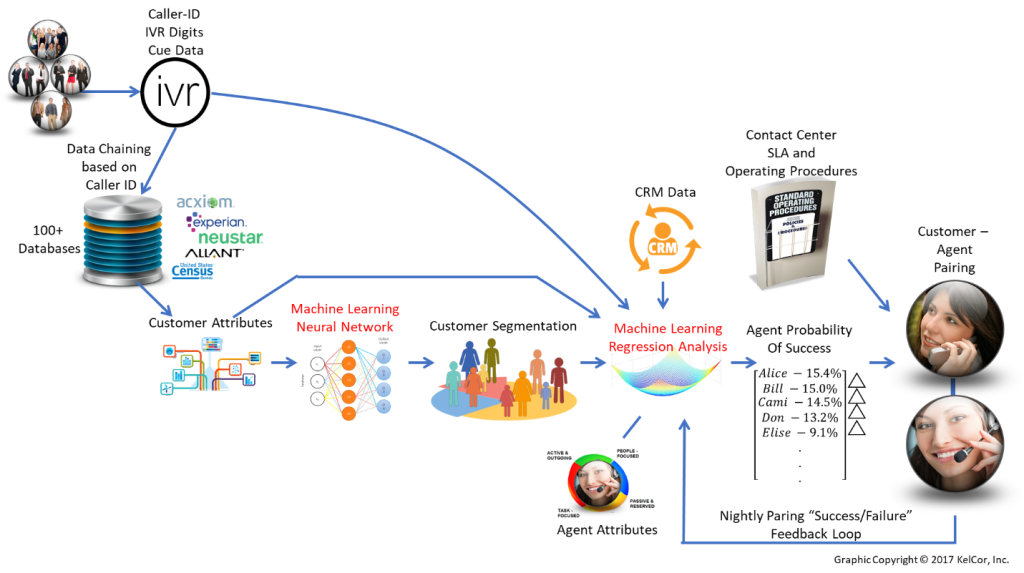
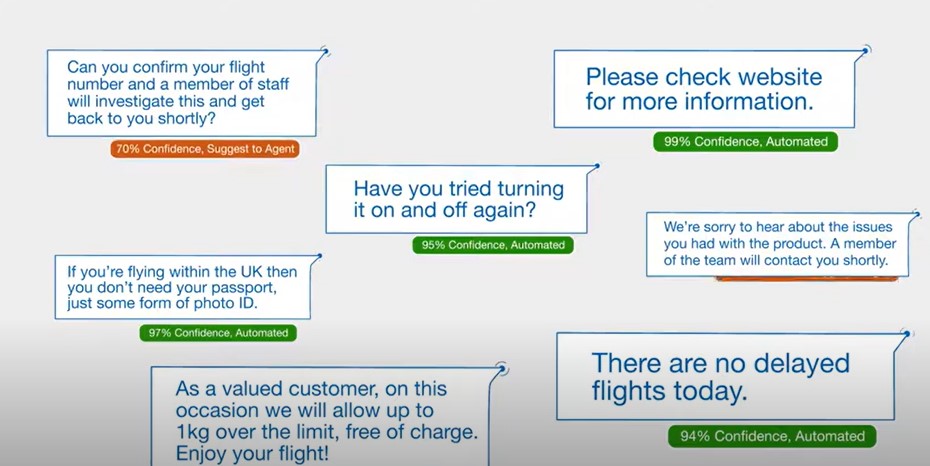
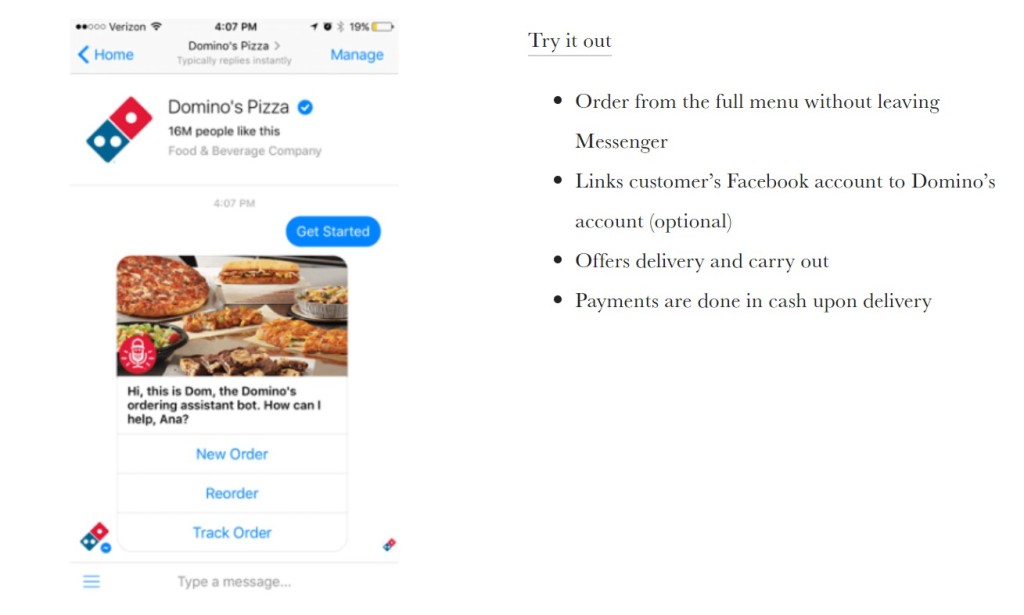
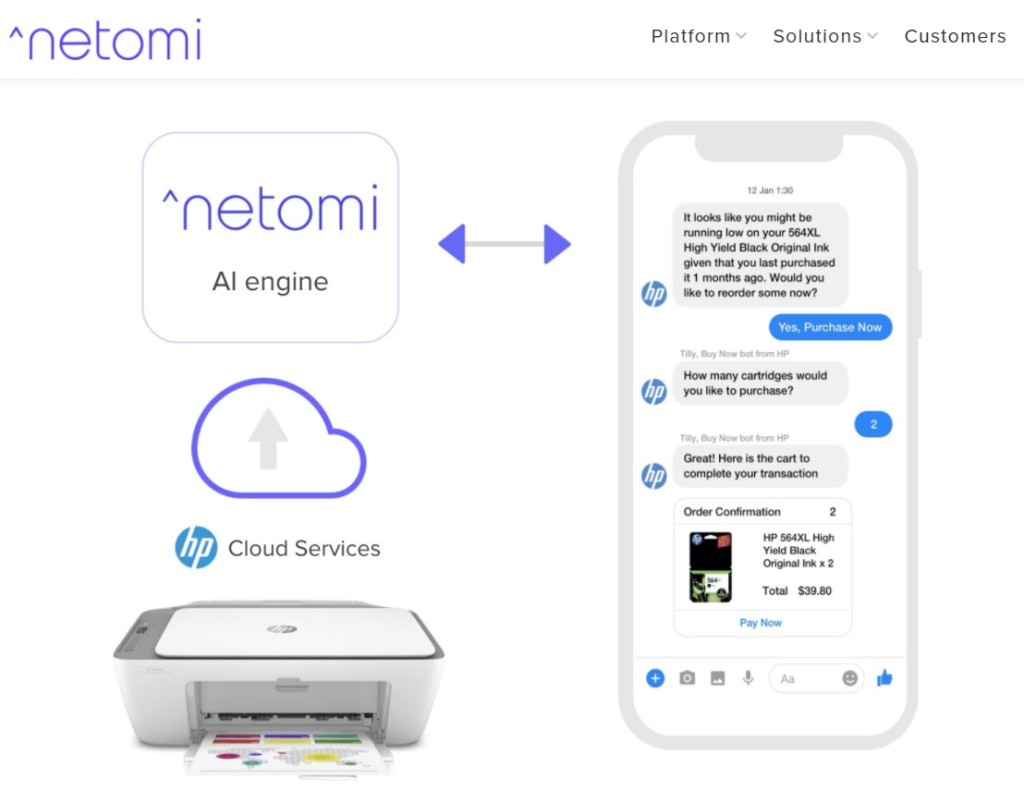
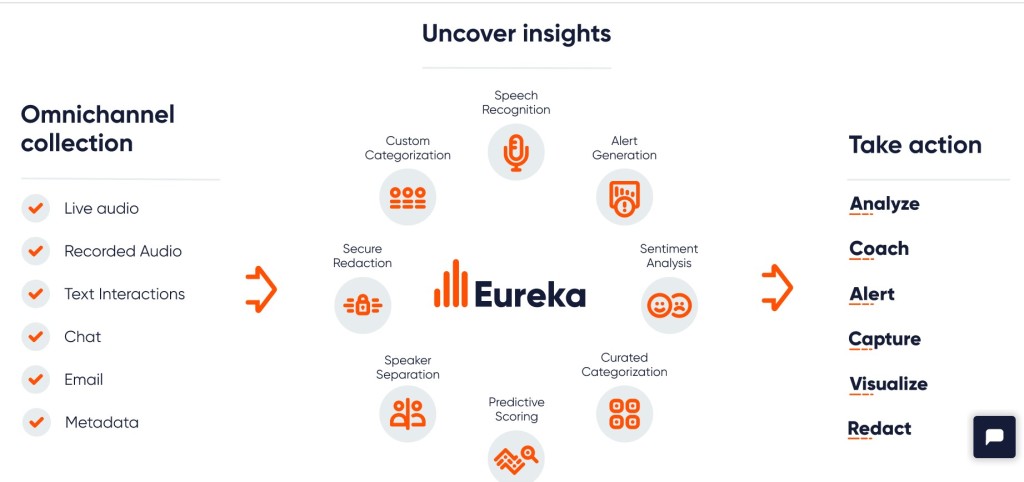
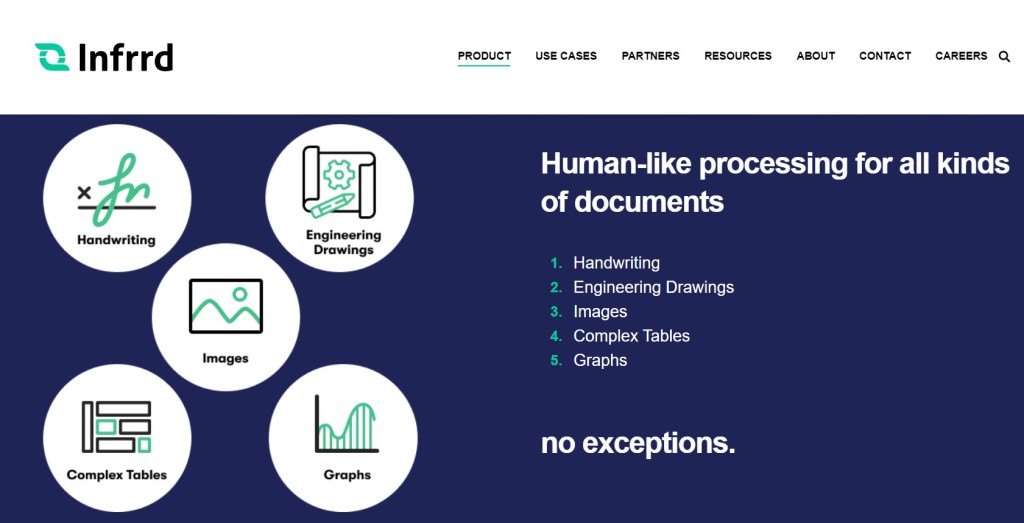

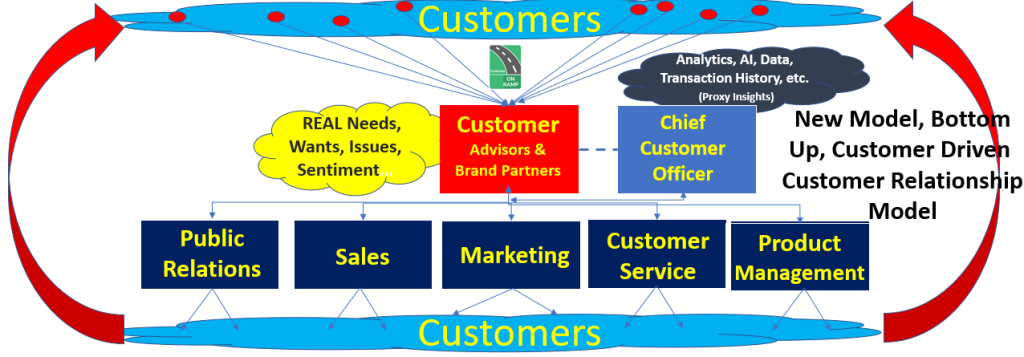
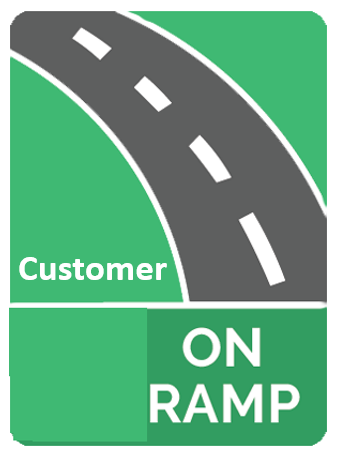
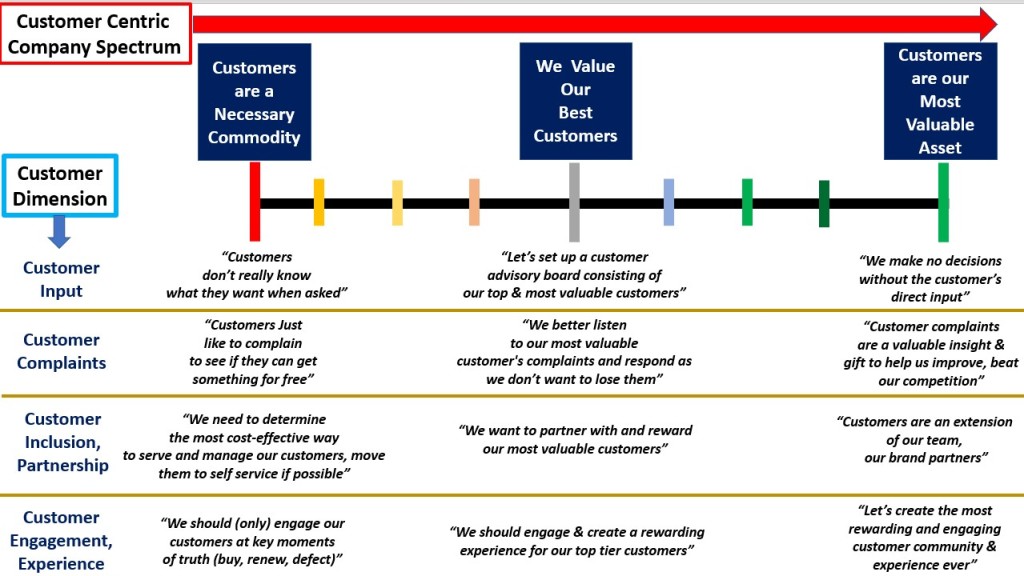
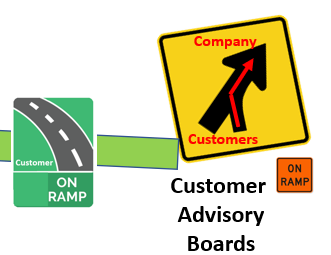
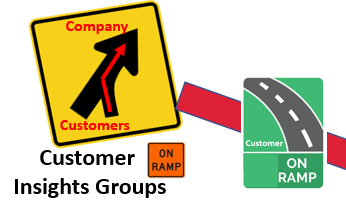
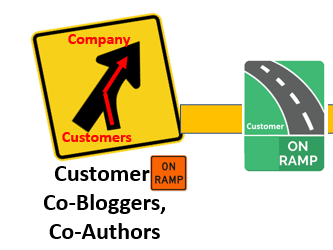
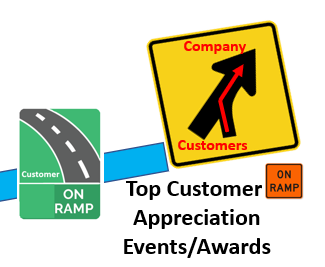
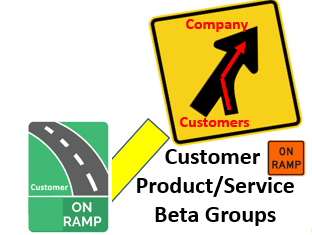
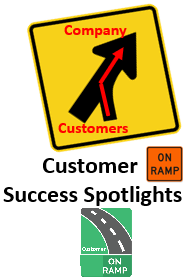
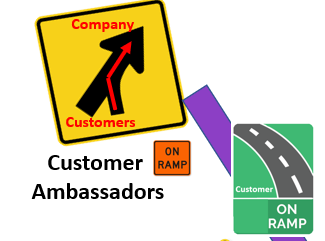
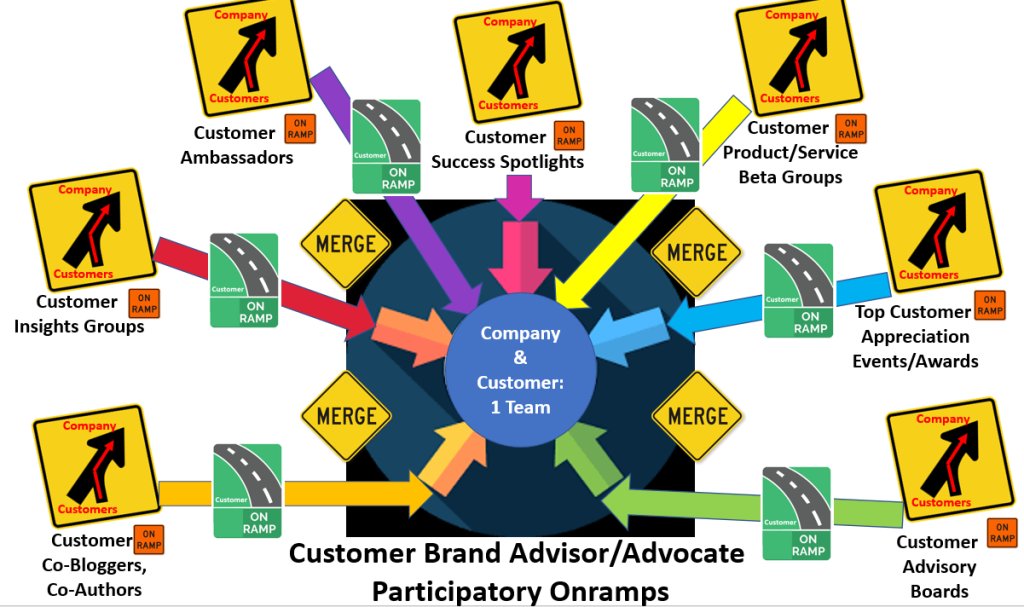
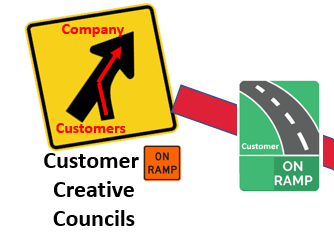
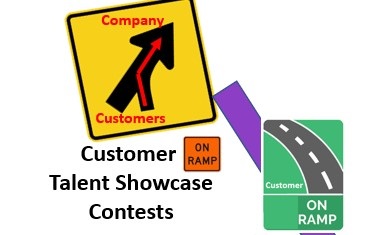
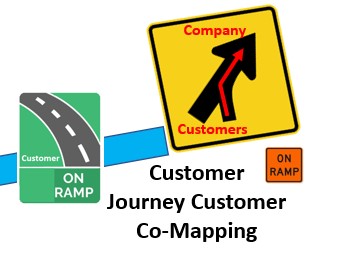
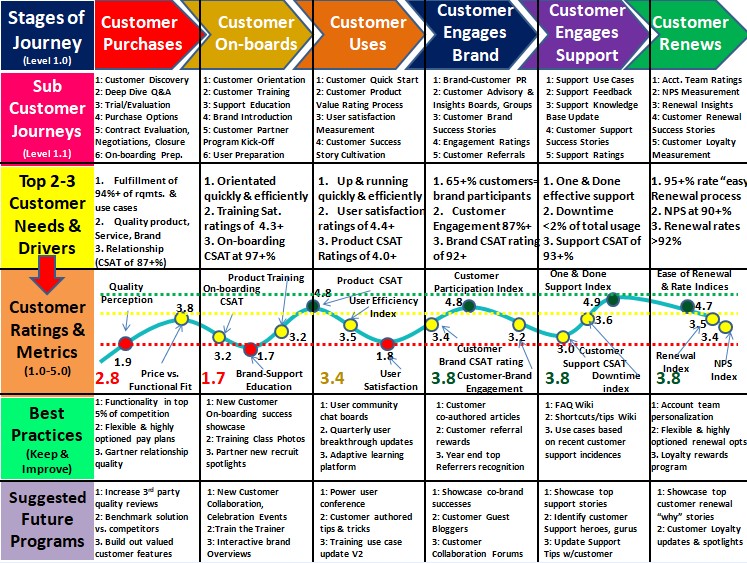
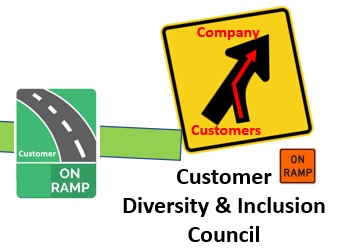
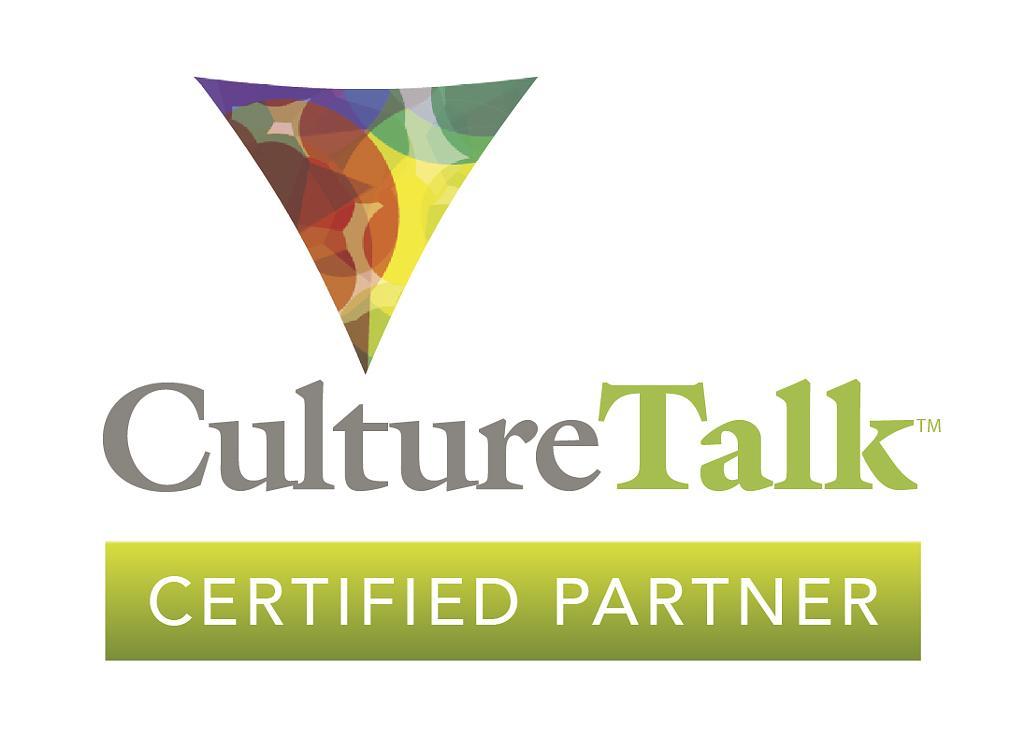








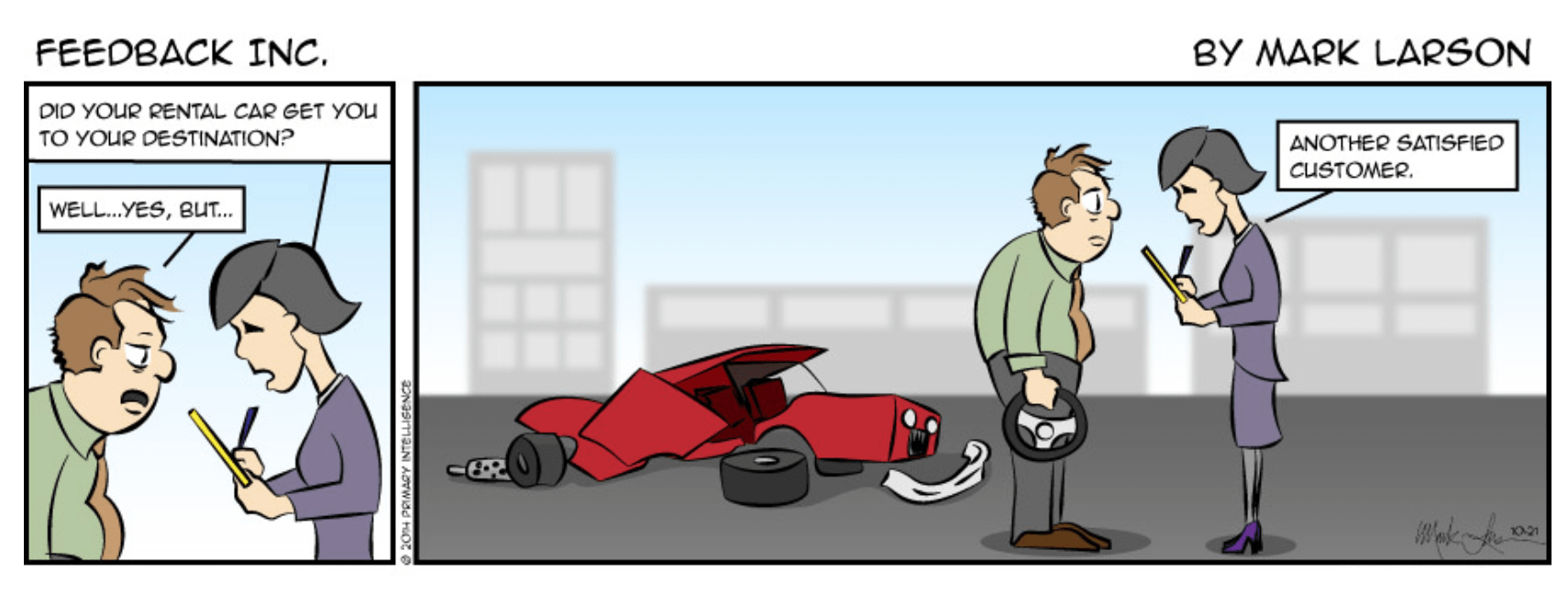

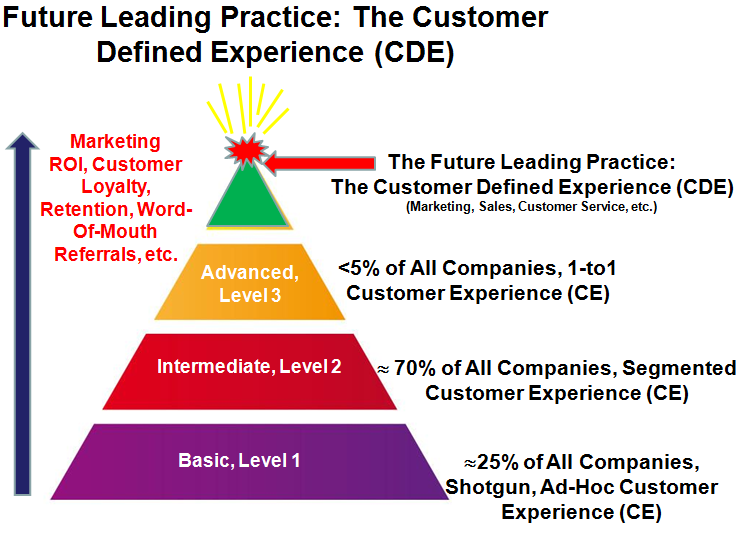




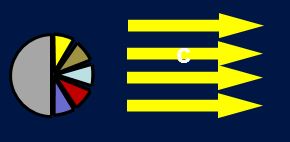

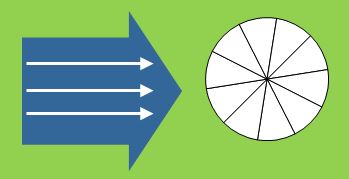
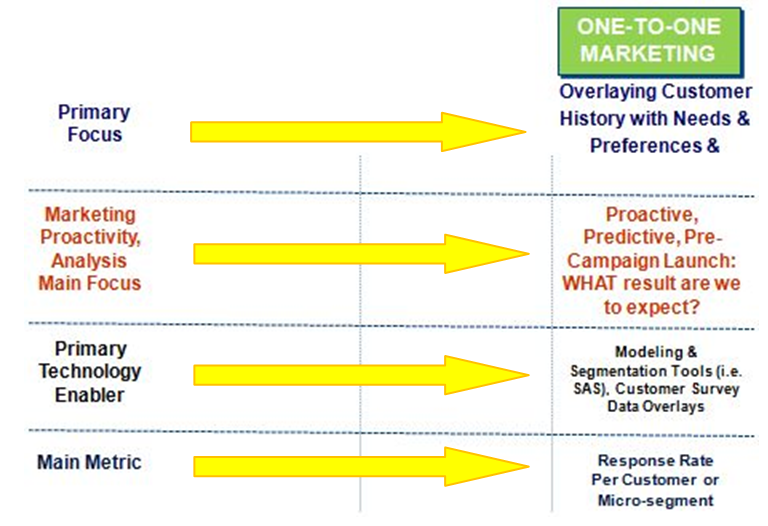
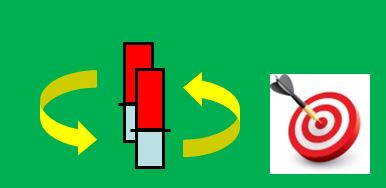
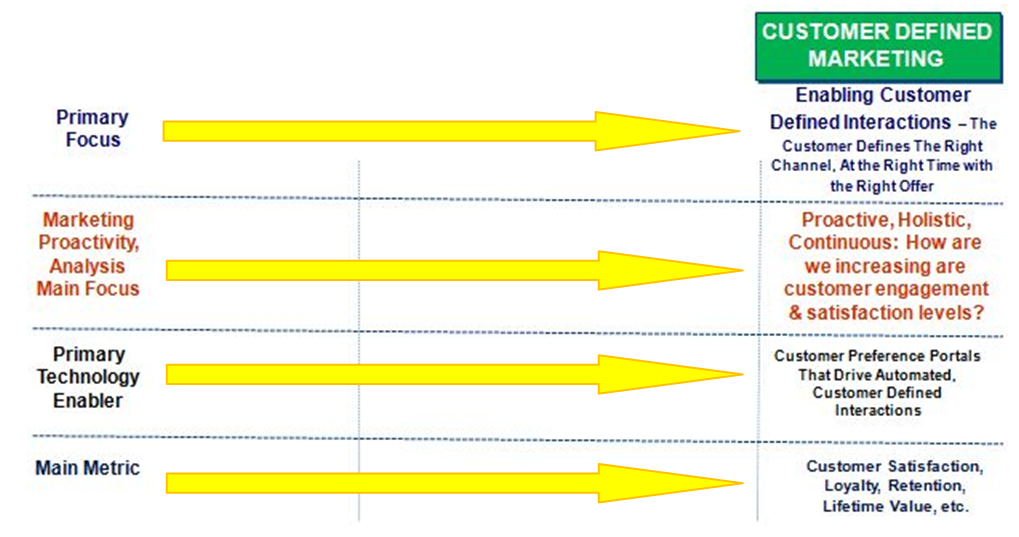
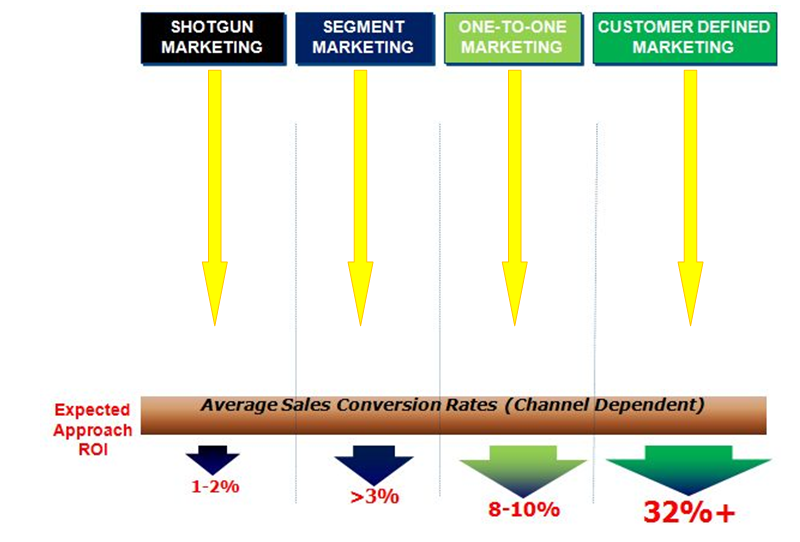













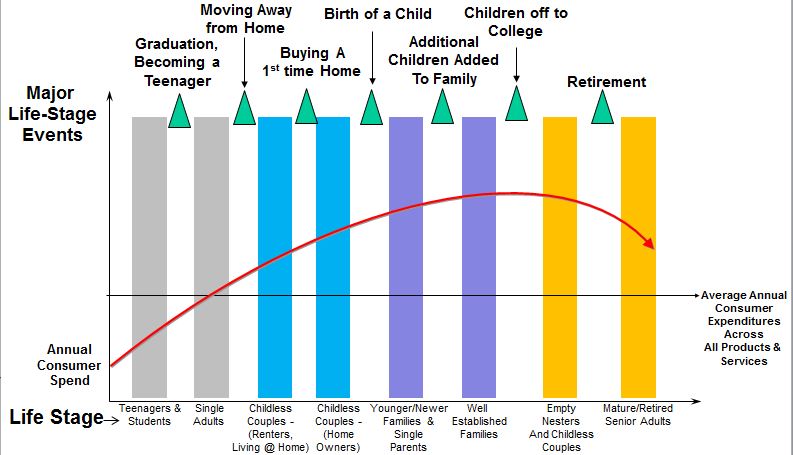



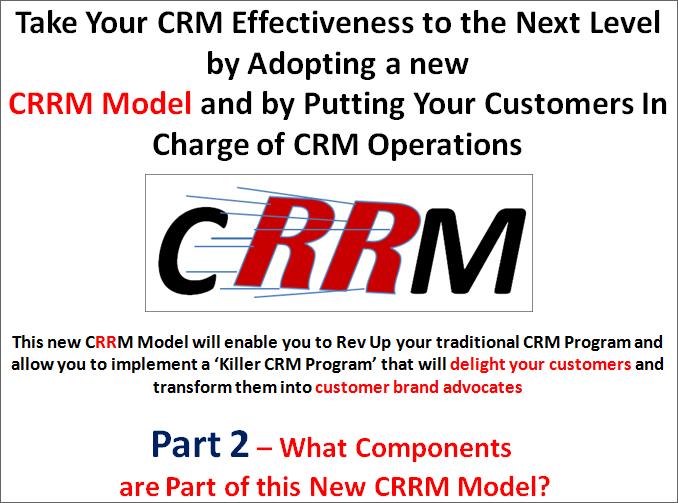


























Achieving Market Leadership by Effectively Managing Customer Loyalty and Advocacy
September 11, 2015 1 Comment
To find out the answer to these questions, read the rest of this informative blog article below.
Customer Loyalty & Advocacy
{Click on image above for a larger/clearer view}
Your customer base is almost always represented by the above spectrum of customers. What varies from business to business is the percentage in each segment group. The more well managed your business, the more skewed to the right your customers tend to be. Therefore a business must develop strategies to migrate customers continually from the left to the right from segment group to segment group in increasing numbers. The rest of this blog is dedicated to sharing best practices on how to migrate more of your customers to the right of the spectrum.
Customer Loyalty and Advocacy Framework
{Click on image above for a larger/clearer view}
For any company to achieve world-class status, one must carefully map out a customer loyalty and advocacy framework including the following component steps from the chart above:
Customer Loyalty & Advocacy Framework Segments
{Click on image above for a larger/clearer view}
The above customer loyalty & advocacy framework includes the following segments:
A formal social and company/brand listening and tracking program is a best practice on how to identify which of your customers exist in each of the above segments (see my previous blog entry on the topic of Social listening programs).
Customer Dissenters & Defectors
{Click on image above for a larger/clearer view}
From this graphic above, we can see clearly that the strategy should be as follows:
Unless the individuals in these segments are high value or high profitability customers, then you would want to minimize the financial rewards to these customer satisfaction segments.
In addition and based on my research and experience, you are wasting your marketing and sales $$ spend to these two segments as they are much more unlikely to respond to any marketing offers due to being so currently dissatisfied with the company and brands (think about it – why would they trust you and buy more of the same when their initial experiences were so terrible?).
Customer Neutrals & Supporters
{Click on image above for a larger/clearer view}
From this graphic above, we can see clearly that the strategy should be as follows:
Customers in these segments should be offered tiered financial rewards to incentivize them to want to contribute at even higher levels to brand value and to remain even more loyal to the company and its brands.
Customer Advocates & Super Advocates
{Click on image above for a larger/clearer view}
From this graphic above, we can see clearly that the strategy should be as follows:
Customer Loyalty & Advocacy Cross-Segment Best Practices
{Click on image above for a larger/clearer view}
The graphic above highlights just a few of the cross-segment customer loyalty & advocacy best practices I recommend that companies continually practice to migrate customers from the negative segments that hurt the company’s brand value (dissenters, defectors) to positive segments (advocates and super advocates) that adds incredible value to a company’s brand.
Here are the brands for which I am a Dissenter, Defector, Neutralist, Advocate and Super-Advocate for based on my own personal experience and opinions:
Companies For Which I am a Dissenter
{Click on image above for a larger/clearer view}
Sears
Sears – I received abject customer service back in the late 1980’s and don’t want anything to do with the retailer ever again. I have tried to give them a second chance and continue to have an unsatisfactory experience. I pledge to never set foot in a Sears store again.
Target
Target – I interviewed for a senior management position at Target a several years ago was treated so poorly that even the HR manager at the time said the treatment of me was ‘questionable’. She then shared with me that she asked upper management “are we really trying to hire the best candidate here?” before she left the company. I vowed to never shop in Target again and have held true to my word.
Empire Carpet Today
Empire Carpet – We had several issues with our carpet installation and follow up customer service. They are very disorganized, non-customer friendly and do not seem to keep with the volume of sales that they generate. I will never use this company ever again. We steer people away from this company if asked.
2) Companies and Brands I am likely to Defect from or have defected from and tell everybody about why I am about to leave (or have left) these company & brands:
Companies for which I am a (potential) Defector
Bank of America
Bank of America – Closed many of the local branches where I live and the abundance of local branches was the reason I opened an account with BOA in the first place. The remaining branches are now crowded and not staffed adequately. This tells me they care more about the bottom line than customer satisfaction.
Marriott
Marriott – In my opinion Marriott has lost its way. I used to be a Platinum member at Marriott for many years. Their properties since that time have become worn as compared to their competitors and they seem to not listen well to their customers. An example of this myopia is when they converted the Courtyards to the Bistro concept. Every customer I speak to was disappointed by this change but they went ahead and did it anyway (presumably to save $$ on operations costs).
Frigidaire/Electrolux
Frigidaire/Electrolux – Our dehumidifier stopped working after only 1 year. We have been trying to get a credit from them for six months with no end in sight. The return process is the most customer unfriendly I have ever encountered with no possibility of human interaction. We have been without a dehumidifier for an entire year due to their poor customer service process.
3) Companies and Brands I am Neutral about and don’t really have much to say about them:
Samsung, Sony, Direct TV, Time Warner Cable, Panasonic, Cuisinart, Hunter Fans, Home Depot, Lowes, Macy’s, Sunoco, US Air, Delta, Tractor Supply, Wal-Mart, McDonalds, Burger King, Chili’s, Pizzeria Uno, American Airlines, Holiday Inn and many more. This category contains the most number of brands due to the distribution across segment group being shaped like a bell curve
4) Companies and Brands I am an Advocate of and share positive stories with anybody who is willing to listen:
American Express
American Express – I have worked with American Express as a consultant on several different strategic projects. They are an extremely well run organization with some very smart people running the company. I have also been a Platinum card member for many years. They provide excellent customer service and their fee structure is the only thing keeping me from being a super-advocate. I tell everyone I meet I consider American Express a world-class company.
Southwest Airlines
Southwest Airlines – Southwest is just a great airline and makes the flying experience pleasurable. They are almost always on-time, the employees are friendly (some even humorous) and they try to be reasonable to their customers at every turn. I used to hate Southwest and am now a Southwest lover/advocate.
Hilton Hotels
Hilton Hotels – Did you guess what hotel I become more loyal to after minimizing my Marriott loyalty? Guess no further. Hilton has been on a roll creating new and invigorating hotels and I am now an advocate/loyalist and stay at Hilton Hotels whenever possible.
Dooney & Bourke
Dooney & Burke – Dooney & Bourke creates high quality, classic and trendy handbags and accessories that last over long periods of time even with heavy usage. Styles and collections are priced to reflect the consistent durability and attractiveness of this brand. If something goes wrong with their products, they stand behind them through high quality customer service.
5) Companies and Brands I am a Super – Advocate of and go out of my way to tell everyone how wonderful my experience has been with dealing with these companies:
Companies For Which I am a Super-Advocate
Cox Automotive
Cox Automotive – Cox Automotive has a great company culture consisting of many top automotive brands that includes Kelly Blue Book, Autotrader, Manheim, NextGear, DealSheild to name a few. The company is one of the best places I have ever worked and includes an employee first culture that they actually adhere to and practice. The company is run by a world-class CEO named Sandy Schwartz that has a great vision for the company’s future and is very visible in his support for the employee oriented culture.
Toyota
Toyota – My family has owned Toyota vehicles for many years. Toyotas are extremely reliable automobiles. I have a Tundra with 132,000 miles on it and have had zero major issues with it. I have such an affinity with my Tundra I have a hard time thinking about trading it in for another vehicle even though it would most definitely be another Toyota.
Ritz Carlton
Ritz-Carlton – I love staying at Ritz-Carlton since the experience each and every time is truly memorable. I also worked as a consultant for Ritz-Carlton to help design the perfect customer experience for guests. Ritz Carlton’s goal is to create an experience to remember and smile about and they live up to this promise every time.
The amazing (or sad) part about my sentiment rankings of the above companies is that, despite spending millions ($$$) on analytic systems and databases, I am willing to bet that very few, if any, actually were knowledgeable about my sentiment toward their brands prior to my writing this article.
This relates directly to a previous blog entry I developed on why CRM (Customer Relationship Management based on historical analytic insights) is dead and a new CRRM model is now a best practice. In this article I point out how world-class companies now query their customers how they feel about the company and brands on a periodic basis. Like me, many customers would be more than willing to share their sentiment and how they are feeling towards the company and their associated brands. Bottom Line: Analytic models provide minimal understand of true customer sentiment when it is primarily focused on historical purchases, spend, etc.
Rate this:
Share this:
Filed under CRM, Customer Profitability, Marketing Tagged with abject customer service, American Express, Bank of America, best customer satisfaction management programs, best customer sentiment management programs, bottom tier customers, brand affinity, brand champions, brand detractors, brand identity, brand image, brand images, brand passionate, brand supporters, brand word cloud, brand zealots, companies with crappy customer service, companies with great customer service, companies with poor customer service, company champions, company passionate, company public image, company reputation, company word clouds, company zealots, Cox Automotive, cross-sell products, cross-sell services, customer advisory boards, customer advocacy, customer advocacy best practices, customer advocacy councils, customer advocacy management programs, customer advocate, customer advocate programs, customer advocates, customer awards ceremonies, customer brand identity, customer communications programs, customer councils, Customer cross-segment best practices and processes, Customer Defection Prevention, customer defectors, customer destroyers, customer dissenters, customer engagement levels, customer engagement scores, customer financial rewards, Customer focus groups, customer lifetime value, customer lifetime value and customer satisfaction, customer loyalist, Customer Loyalty, Customer Loyalty Best Practices, customer loyalty programs, customer management cost containment, customer management costs, Customer Management Programs, customer management strategies, customer negative buzz, customer neutral, customer participation rates, customer positive buss, customer recognition, customer recognition programs, customer referral network, customer referrals, customer rewards, customer rewards programs, customer roundtables, customer satisfaction brand management, customer satisfaction improvement, customer satisfaction improvement programs, customer satisfaction levels, customer satisfaction ratings, customer satisfaction segments, customer satisfaction word cloud, customer segment definitions, customer segment management, customer segment migration, customer segment strategies, customer segment strategy, customer sentiment brand management, customer sentiment segments, customer sentiment trends, customer sentiment word cloud, customer service continuum, customer service cost reduction, customer service from hell, customer service levels ratings, customer service nightmare stories, customer service spectrum, customer spend and satisfaction, customer supporters, customer top advocates, Customer Value, customer win-back, customers from hell, dealing with angry customers, dealing with irate customers, dealing with unhappy customers, destroy brand image, destroy company image, destroying brand image, Dooney & Bourke, efficient customer service, electrolux, Empire Carpet, Empire Today, firing customers, Frigidaire, great customer service, happy customers, high profitability customers, high value customers, Hilton Hotels, impact from great customer service, impact of poor customer service, impacting brand image, increase customer value, irate customers, irrational customers, isolating angry customers, low value customers, lowest profitability customers, marketing and customer satisfaction, Marriott, mid-tier customers, most loyal customers, negative brand comments, negative brand sentiment, negative company comments, negative customer sentiment, net promoter score, net promoters, neutral brand sentiment, neutral customer sentiment, nightmare customer, nightmare customer service, poor customer service, positive brand comments, positive brand sentiment, positive company comments, positive customer sentiment, Ritz Carlton, Sears, Southwest Airlines, Steven Jeffes, target, top customer advocate, top tier customers, Toyota, tracking customer satisfaction, unhappy customers, up-sell products, up-sell services, valuable customer segments, word of mouth negative comments, word of mouth positive comments, world-class customer satisfaction management programs, world-class customer sentiment management programs